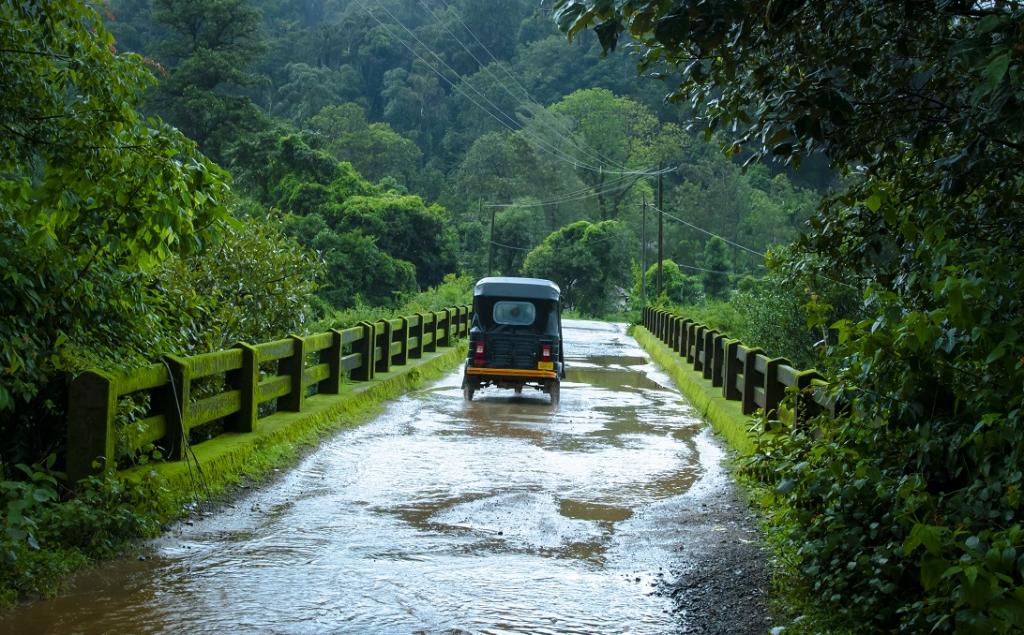
Along the coasts of East Africa, a natural phenomenon known as the Indian Ocean monsoon plays a vital role in the region’s ecosystem and agriculture. As summer arrives, heavy rainfall brought by the monsoon becomes a lifeline for communities and wildlife alike.
The Indian Ocean monsoon, characterized by its seasonal reversal of winds and moisture flow, occurs primarily during the summer months. This meteorological pattern results in significant rainfall along the eastern shores of Africa, from countries like Somalia and Kenya down to Tanzania and Mozambique.
One of the most significant impacts of the monsoon is on agriculture. The rains nourish crops and replenish soil moisture, supporting the cultivation of a wide variety of crops such as maize, rice, and fruits. Farmers eagerly await the monsoon season, as it determines the success of their harvests for the year.
Moreover, the monsoon sustains vital ecosystems along the East African coast. Mangroves, which thrive in brackish water environments, depend on the regular influx of freshwater brought by the monsoon. These dense coastal forests provide critical habitat for numerous species of fish, birds, and other wildlife, while also serving as natural buffers against coastal erosion and storm surges.
Coastal forests, including mangroves and other types of vegetation, also benefit from the monsoon rains. The influx of water ensures their survival during the dry season and promotes lush growth, contributing to the overall biodiversity of the region.
Communities living along the coast have learned to adapt to the seasonal rhythms of the Indian Ocean monsoon. Traditional farming practices often align with the rainfall patterns, with planting and harvesting timed accordingly. Additionally, the monsoon season brings opportunities for fishing and sustains inland freshwater sources through runoff and replenishment of rivers and lakes.
While the Indian Ocean monsoon brings much-needed relief to East Africa’s coastal regions, it also presents challenges such as flooding and soil erosion. However, with proper planning and infrastructure, communities can harness the benefits of the monsoon while mitigating its potential risks.
In summary, the Indian Ocean monsoon is a crucial phenomenon for East Africa’s coastal areas, providing essential water resources for agriculture, sustaining diverse ecosystems, and shaping the way of life for millions of people along the coast. As climate change alters weather patterns, understanding and managing the impacts of the monsoon will become increasingly important for the region’s resilience and sustainability.
